
Chronicle Books

Showing all 24 books

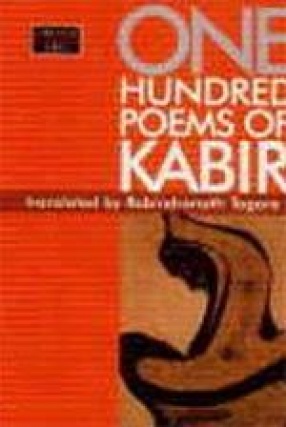

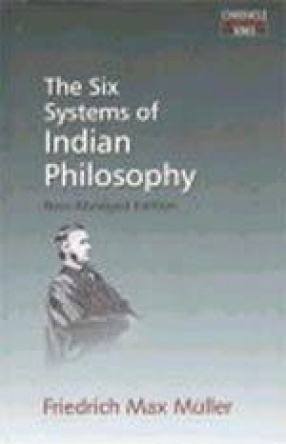
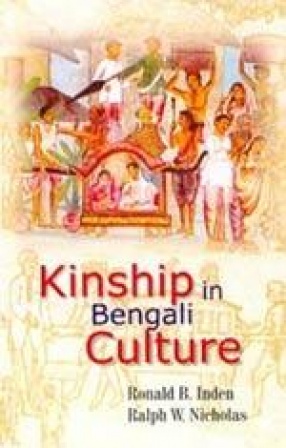
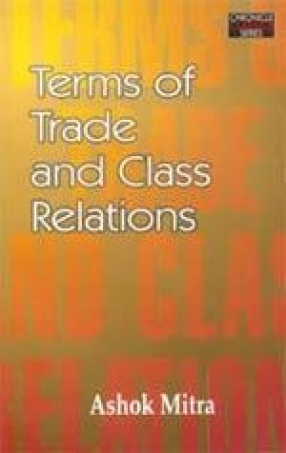
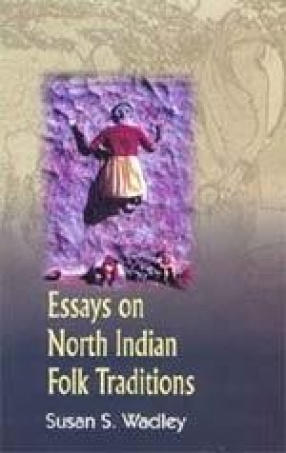
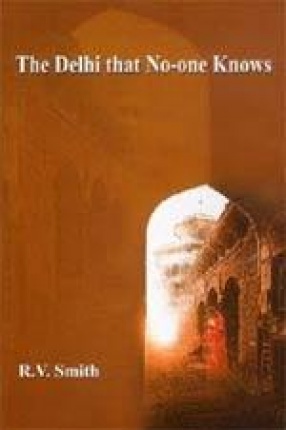
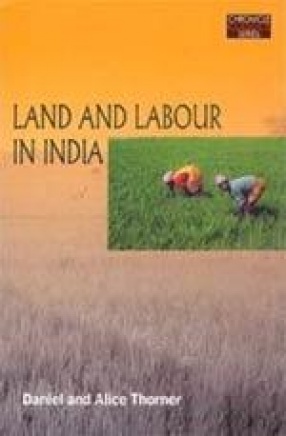
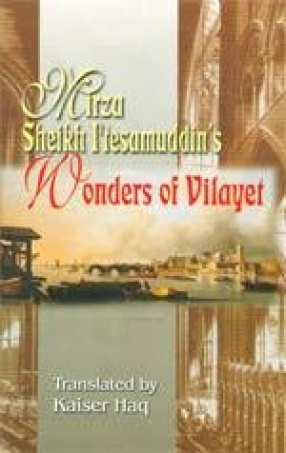

Satyajit Ray started the creative process of making a film with the screenplay. This collection of film scripts and treatments written originally in English by Satyajit Ray is intended for both his fans and a reader new to Ray’s works. The collection consists of the scripts of Ray’s well-known feature and TV films as well as some lesser known works. Also included are a science-fiction script Ray wrote for a Hollywood studio and an early version of the ...
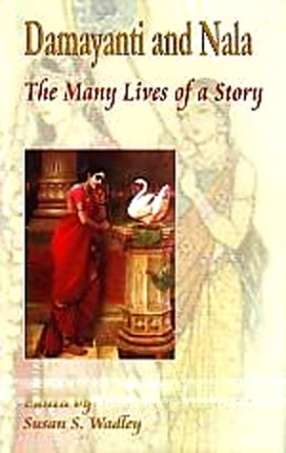
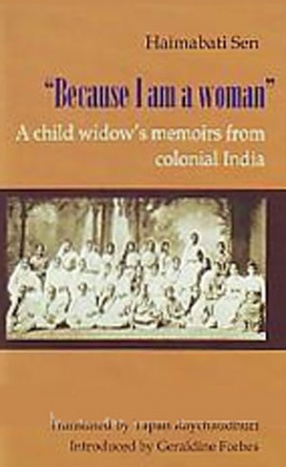
The latest publication from Distinguished Teaching Professor of History Geraldine Forbes traces the life of a remarkable woman who sheds light on often-unseen scenes of colonial-era India. “Because I Am a Woman: A Child Widow’s Memoirs from Colonial India” traces the life of Haimabati Sen from troubled childhood to respected doctor and trailblazer. One of Sen’s grandsons gave Forbes the memoirs, written in a series of notebooks, and she ...
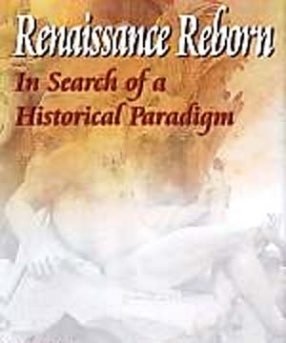
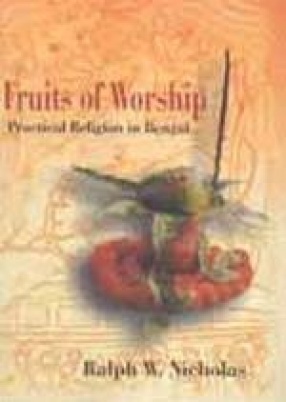
The essays collected in this book are based on field research carried out over an extended period in several villages in the Bengali-speaking area of South Asia. The center of attention is the religious life of ordinary people in rural Bengal. They cover a broad spectrum, including the Bengali attachment to Goddesses, the religious treatment of the calamities that befall poor people, and the analysis of myths, both historically and structurally. A long essay ...

Medieval sant-sahitya abounds in mystics yet none other received the same attention from Tagore as Kabir did. Therefore, an affinity in the domain of mysticism is not an adequate explanation. Perhaps the answer to the question why Kabir particularly attracted Tagore is to be found in Tagore’s interpretation of Kabir as one the makers and symbols of India’s unity.
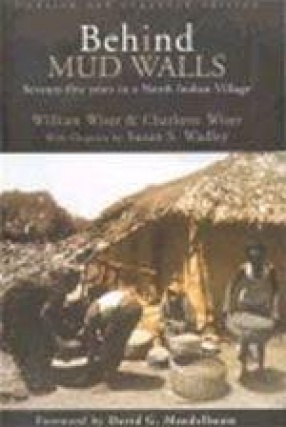
The book traces the initial awkwardness between the Wisers and the villagers and the years of friendship and welcome that followed. It sketches the social and economic changes brought on by the increasing encroachment of the outside world and describes the day-to-day life of people who live in the village--the education of the young, women's lives in the courtyard, castes and the loss of the jajmani system the changing patterns of marriage, family, and ...

Over a period of twenty years the Dalit movement has had significant repercussions on Indian social behavior, particularly within the more educated and cosmopolitan groups in urban areas. Dalit has now replaced the uncomfortable label, untouchable, and their cause has been acknowledged politically as a national issue. But has the political movement of the Dalits actually succeeded in eradicating untouchability? Is Dalit now an anthropological category synonymous ...

In this book F. Max Muller offers a survey of Indian philosophy and a historical perspective on the different schools of philosophy which emerged in ancient India. This edition, abridged and greatly enriched with a scholarly introduction by Heeraman Tiwari, enables us to appreciate and evaluate a fundamental contribution to Indology by an acknowledged authority on the subject.

Kinship has been a central concern of anthropology for more than a century. As a key element in the organization of every human society, kinship is also a major source of the principles that guide people in the other spheres of life. Ronald B. Inden, a historian of India, and Ralph W. Nicholas, an anthropologist who has studied contemporary Bengali culture and society, have joined complementary skills to analyze the kinship system of a major human society that ...

An outstanding piece of work in political economy, Ashok Mitra’s Terms of Trade and Class Relations was originally published in London in 1977 but has been unavailable for over twenty years. The book presents a novel analysis and a historical account of a crucial phase of India’s post-Independence development. At a deeper level, the book puts forward the general proposition that social distribution of income, and hence by implication the process of economic ...
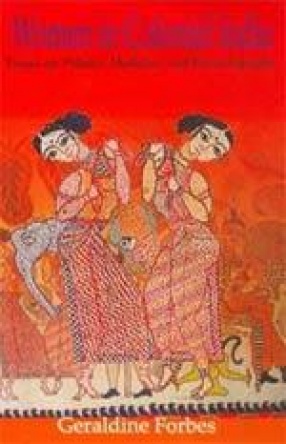
The lives of Indian women began to change significantly in the late nineteenth century when the colonial government, critical of the treatment of both Hindu and Muslim women, found allies among Indian reformers. Keen to reform their own society, these men agreed that women should be educated and play some role in public life. By the end of the nineteenth century, Indian women were attending schools and colleges, becoming teachers and doctors, writing works of ...


R.V. Smith came to Delhi, as a young journalist in the fifties of the last century. His hobby for several years was to travel through the city, collecting stories about and histories of its many monuments, known and unknown. The Delhi that No-one Knows brings together R.V. Smith’s writings, presenting them as an unconventional introduction to the city. The legends myths the folklore surrounding these monuments and how the author chanced upon these delightful ...

Charles Freer Andrews first came to India in 1904 and even in his lifetime he was being turned into a saint, a fate similar to that of this greatest friend, Gandhi. This book gets behind that obfuscation. Others have studied the story of his later development but this is the first closely researched account of the period between 1904 and 1914, which traces Andrews' transformation into a significant player in modern Indian history. Arriving as a young missionary ...

Land and Labour in India was first published in 1962. This seminal work remained out of print for long and its inclusion in the Chronicle Classics Series was the initiative of Alice Thorner and Sabyasachi Bhattacharya who has also written an exhaustive and illuminating Introduction for this edition. The essays in this volume were written between 1952-60. divided into three sections 'Land and Labour', 'Trends' and 'Census and Sample Survey', the essays trace the ...

This is the first book-length account of the West by an Indian. Mirza Sheikh I'tesamuddin, a munshi who had served the East India Company before becoming a Mughal courtier, was entrusted by Emperor Shah Alam II with a diplomatic mission to the British Court. He set sail in January 1766, and though the mission was aborted, the journey of nearly three years resulted in a remarkable memoir. Written in Persian, 'Shigurf Nama-e-Vilayet' or 'Wonderful Tales ...
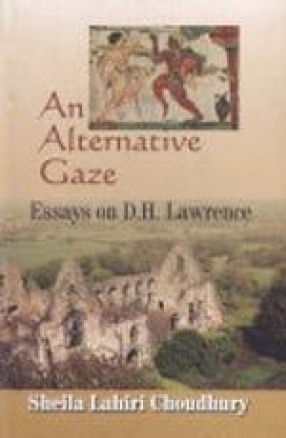
This collection of essays on D.H. Lawrence explores his major novels from an alternative perspective, keeping in mind the continuing popularity and relevance of his novels in college and university syllabi around the world. The eleven essays present straightforward interpretations of the novels as opposed to the dominant post-modernist readings. Such overtly theoretical exercises often obscure the text and leave the readers more confused than the locating of them ...
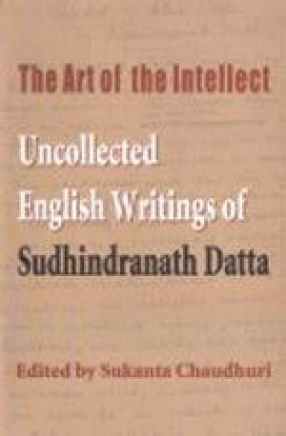
This volume contains all the recoverable English writings of the Bengali poet and critic Sudhindranath Datta, outside those already gathered in an earlier collection, The World of Twilight. They include a hitherto unknown introduction for a projected Oxford Book of Bengali Verse, drafted by Sudhindranath for the proposed editor, Rabindranath Tagore. Other pieces testify to his informed interest and original thought about Indian and European literature, ancient ...
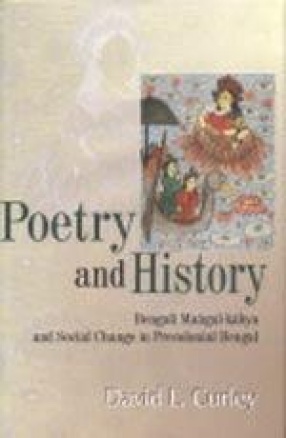
This collection of essays analyzes Bengali Mangal-kabya, a genre of narrative literature. The first essay argues that the didactic purposes of Mangal-Kabyas and the performative pleasures based upon satire make them rich sources for historians of Pre-Colonial Bengal. Three essays focus on Candimangal texts, especially the version by Mukunda Cakrabarti, probably written before 1600 A.D. They argue that Mukunda used a 'scale of transactions' to describe normative ...
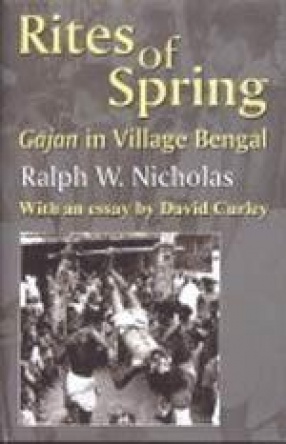
The rituals and narratives of Gajan dominate the spring season in the villages of Bengal. It is a ritual of the common village people created from indigenous sources and heavily laden with symbols of fertilization and reproduction. Rites of Spring Analyzes the meaning of these narratives and their social and historical contexts. In origin, Gajan was a type of worship peculiar to Dharma Thakur, a form of the supreme being not known outside Bengal. Today it is ...
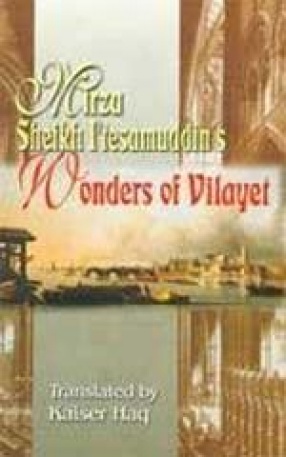
This is the first book-length account of the West by an Indian. Mirza Sheikh I'tesamuddin, a munshi who had served the East India Company before becoming a Mughal courtier, was entrusted by Emperor Shah Alam II with a diplomatic mission to the British Court. He set sail in January 1766, and though the mission was aborted, the journey of nearly three years resulted in a remarkable memoir. Written in Persian, 'Shigurf Nama-e-Vilayet' or 'Wonderful Tales about ...
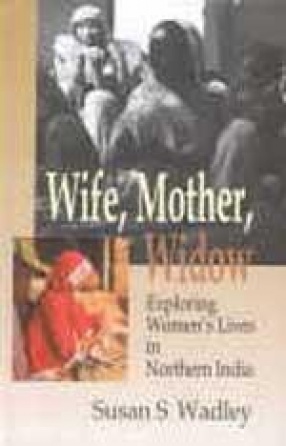
The essays in this volume, based on forty years of research in Karimpur in Western Uttar Pradesh, study the impact of increased rural prosperity, gains in education, and urban influences in the lives of women in rural North India. The initial chapters examine the changes in the economic system, and demographic patterns in the village over the last 70 years, which show significant improvement in the economic condition of the people, child mortality and life ...
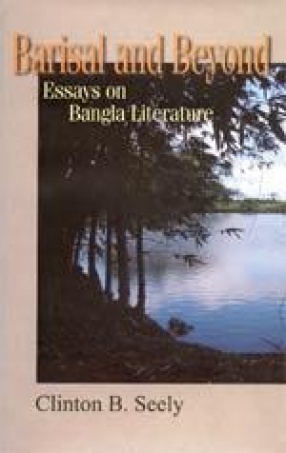
The collection of essays, spanning the author’s academic career, starts by looking back to his early experience of Bengal in barisal, Bangladesh, hometown of Bengali poet Jibanananda das, and goes on to analyze some important works of Bangla literature. One of the most prominent genres of premodern Bangla literature, the mangal kabya, is examined in detail with attention paid both to Bharatcandra Ray's eighteenth-century classic Annada Mangal and to ...
